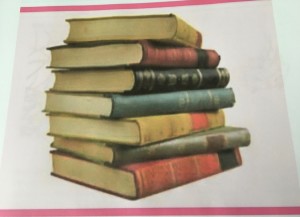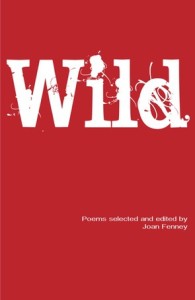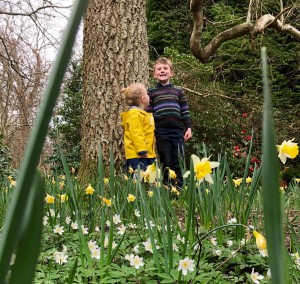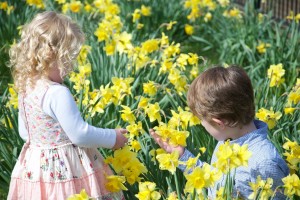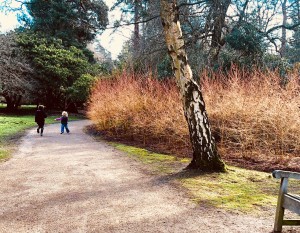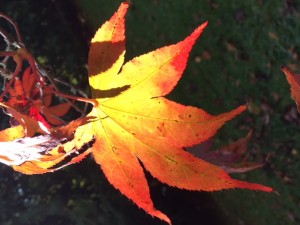BOOK REVIEW by PETER F PIKE
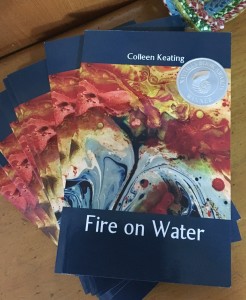
Fire on Water by Colleen Keating
Fire on Water—what a strikingly impressive title: and after reading this collection of Colleen’s poems, how apt and appropriate. I remember when I was quite young we purloined some dry-ice from a cold storage facility and put some in a pool of water left in the gutter after a shower. We were fascinated by the bubbles of gas and cloud of vapour that resulted from the chemical reaction. We were just about to leave when an older chap came along, squirted some cigarette lighter fluid onto the puddle and ignited it. Fire on water we were impressed then as I was yesterday when I read Colleen’s poetry book.
A small suite of poems on downsizing especially resonated with me as we sold our family home last April after 45 years. On page 41 belongings one day my heart unlocked / I donated some and ordered a skip / emptied the garage returned the key / it felt like a heavy pack moved / off my back after a long hike I walked / lightly feeling so much had owned me …
Colleen’s interest and observation of the minutiae of life is fascinating—only a poet of some standing could record
‘a tiny brown sparrow in the gutter defies fragility / as it tackles a twig too big for its flight’… taken from choice on page 108. part of the section entitled Exultation. From the same section on page 110, this gem:
the vicissitudes of a blue butterfly
she lavishly opens her wings
teal-blue fans quiver
playing warm still air
motley light from the trees
she darts and dives
ah with what precision 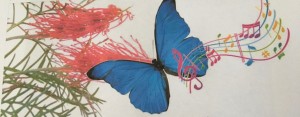
dodges the many hazards
with angular flight
creole-eyed she alights to sip
from sweet honey-dewed
red-dressed grevilleas
moves like notes of music
up and down around and in me
with lightness and freedom
i think of shy miss butterfly
sprawled in Eliot’s poem
pinned and wriggling on the wall
I know dull blue of wings
etherised
silver-pinned under glass
today her iridescent triangles of blue
flash with the sun like flying jewels
intoxicated with life
The vivid images conjured up by Colleen’s poems are spectacular word-pictures that impress themselves on the reader’s mind. They are recalled with ease long after reading.
The appealing illustration on the front cover is by Colleen’s daughter Elizabeth.
Colleen’s poetry exposes us to a large range of emotions. Stillborn on page 75 forces us to face up to a situation that as Australians we are, in the main, still reluctant to address.
winter darkens our land
the tree outside my window
is stark and bare
close up new life is tightly budded
the news says
our country has turned back refugees at sea people seeking asylum
returned to face those they flee
history like a drawbridge is pulled up closed off
humanity is stillborn
hearts are cold
fear deadens minds
the everywoman in me weeps for the birthing
the woman with child is weeping the woman in every woman
if you are not weeping
ask why
Colleen’s book is 122 pages, Perfect Bound published by Ginninderra Press ISBN 978-1-76041-351-4 and is priced at $22.50 and is highly recommended.
Page 26 FreeXpresSion– March 2018
Thank you Peter Piper for a great review of Fire on Water and thanks for your dedication to poetry and poetry writers.
